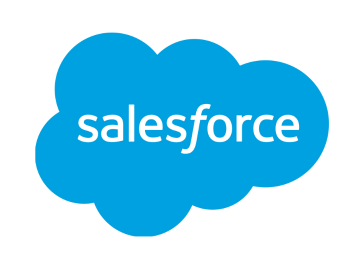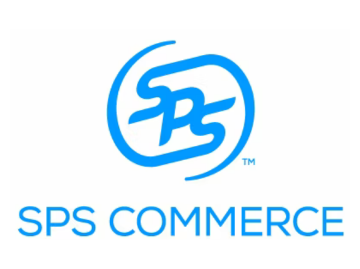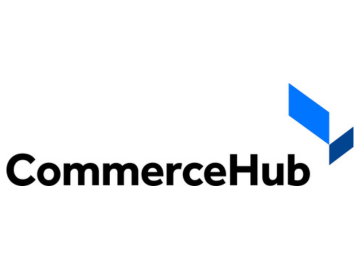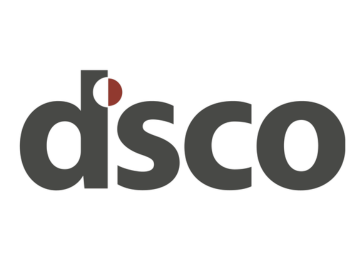Order Fulfillment
Staci Americas specializes in high-volume, direct-to-consumer order fulfillment services. Our nationwide fulfillment warehouse network gives you optimized delivery capability through multiple transportation modes.
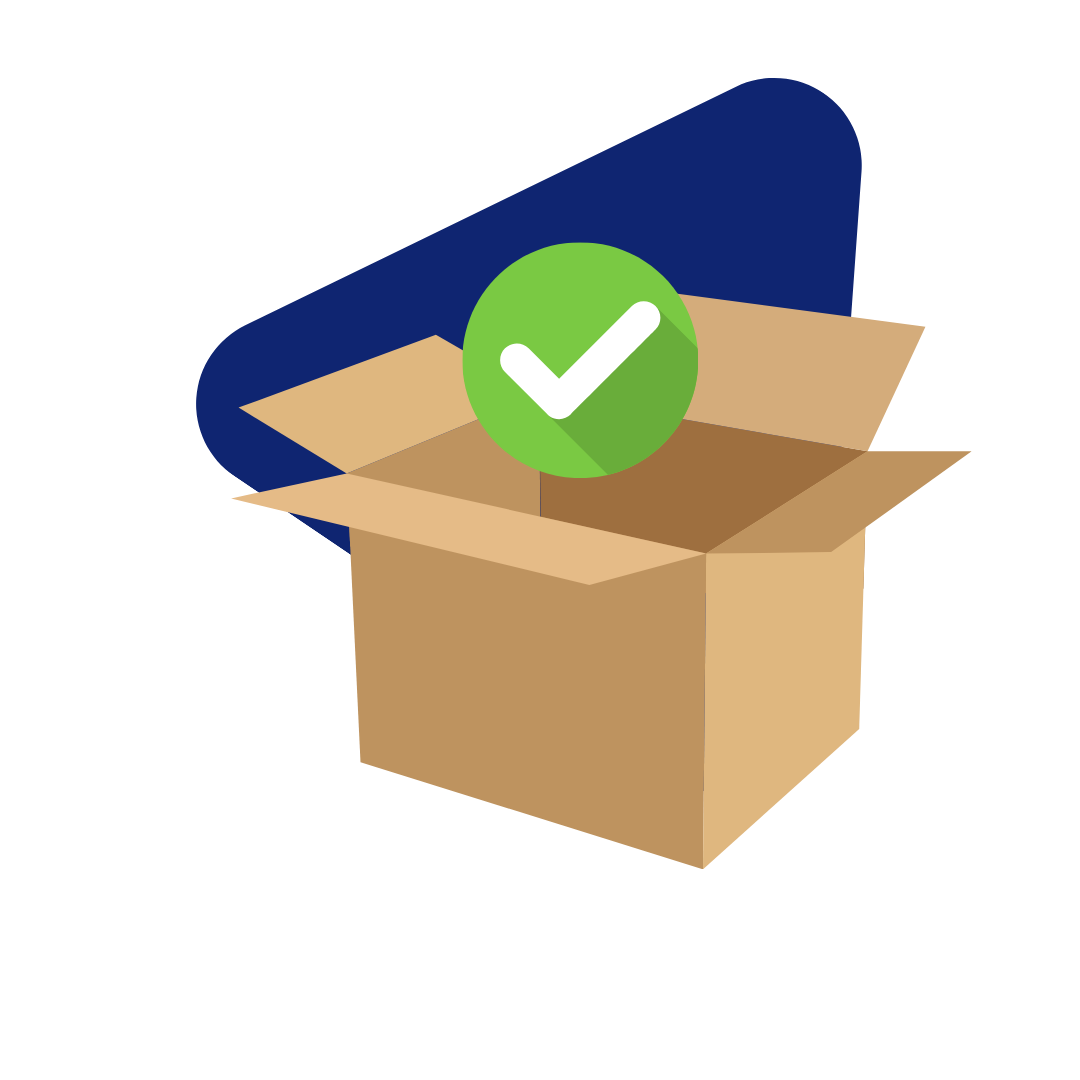
Sell. Fulfill. Scale.
Staci Americas systems and processes are designed to meet the unique needs of etailers and direct selling companies. Whether you are shipping 200 or 20,000 orders a day, we can provide the attention to detail, customer service and accuracy that your customers demand.
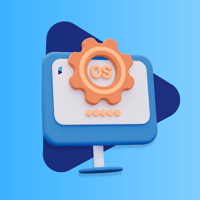
WMS
Full-featured WMS Aids Accuracy and Efficiency
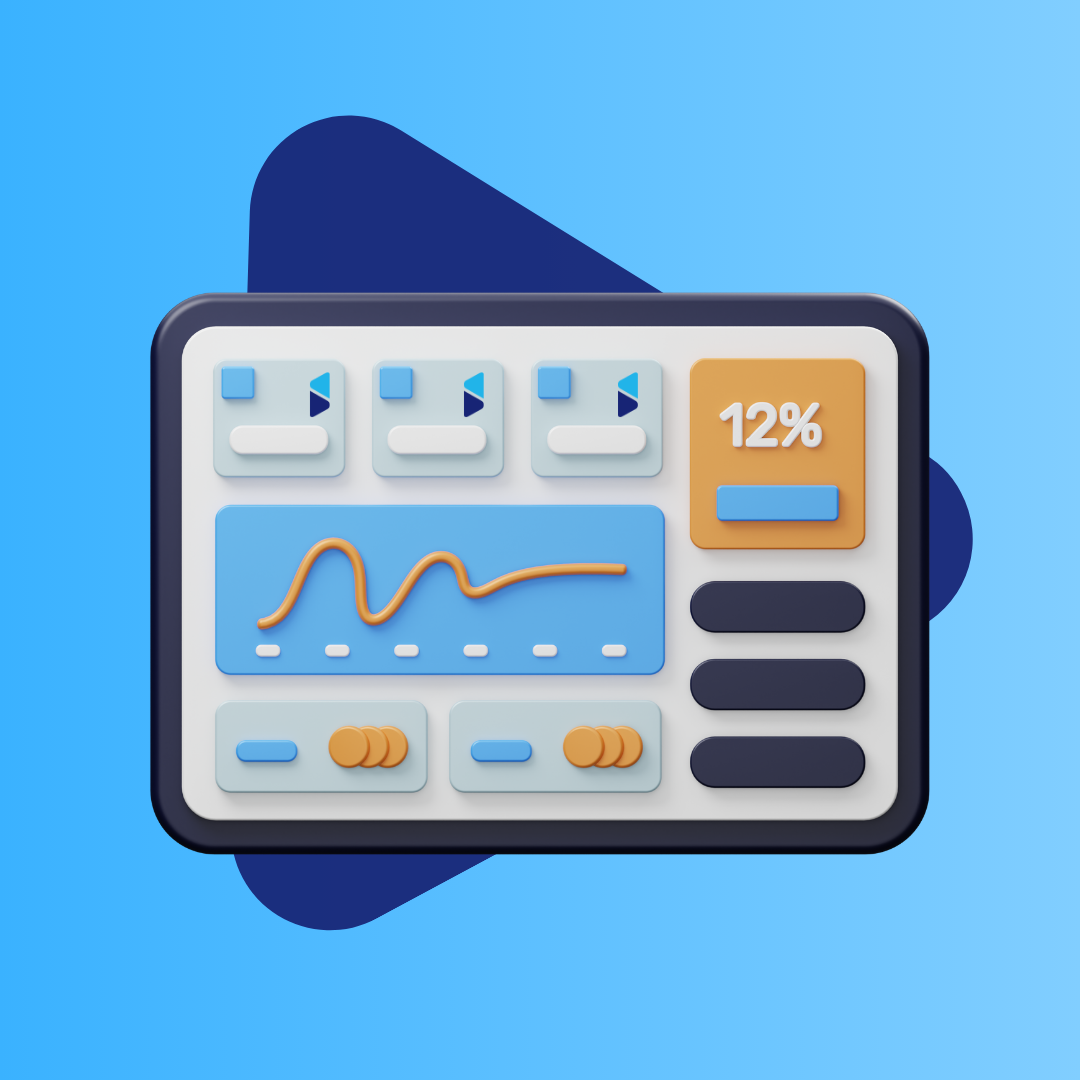
Client Portal
24/7 access to your data, with full transparency and control.
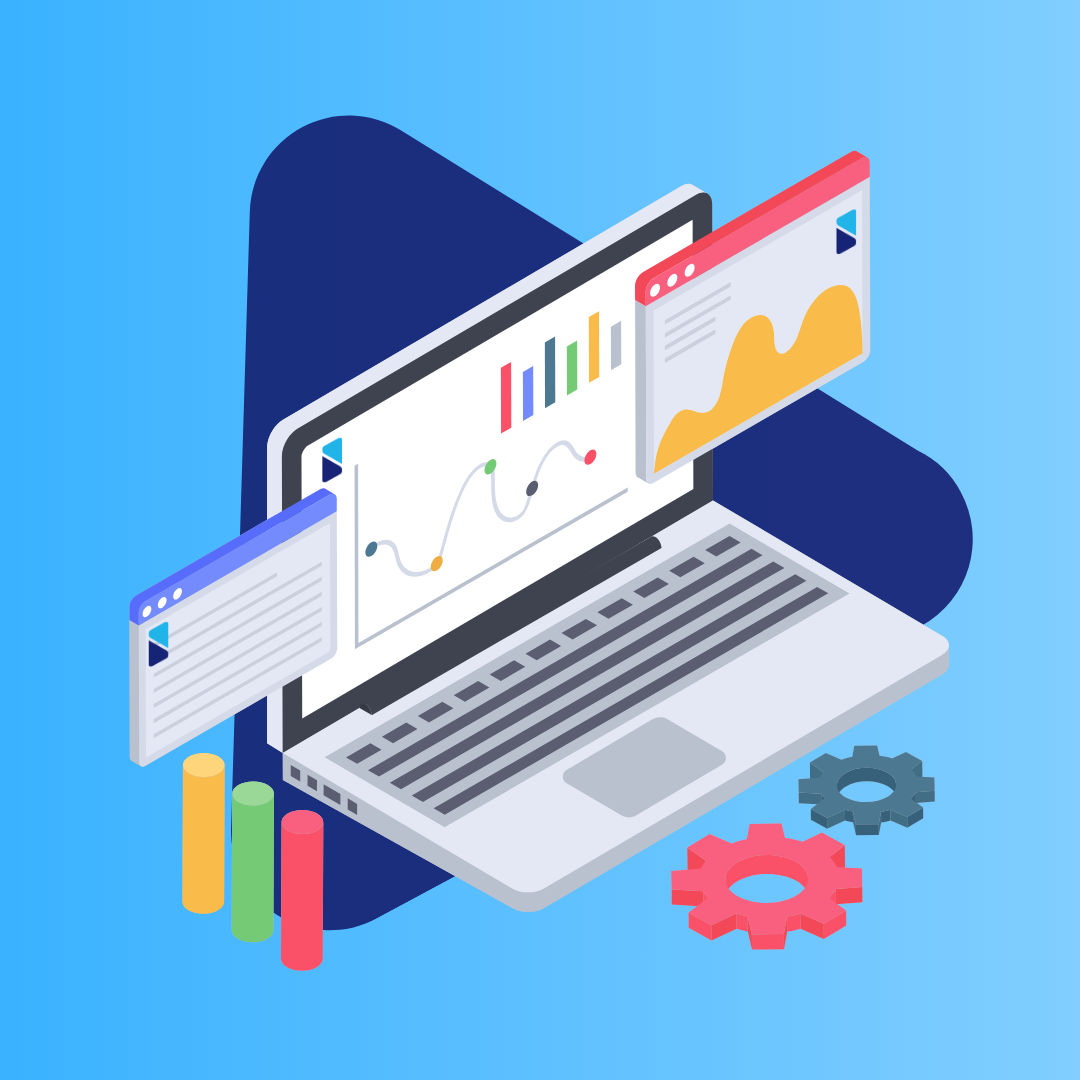
Power BI
Intelligent Business Analytics for Quick Action
Sell. Fulfill. Scale.
Staci Americas systems and processes are designed to meet the unique needs of etailers and direct selling companies. Whether you are shipping 200 or 20,000 orders a day, we can provide the attention to detail, customer service and accuracy that your customers demand.

Client Portal
24/7 access to your data, with full transparency and control.
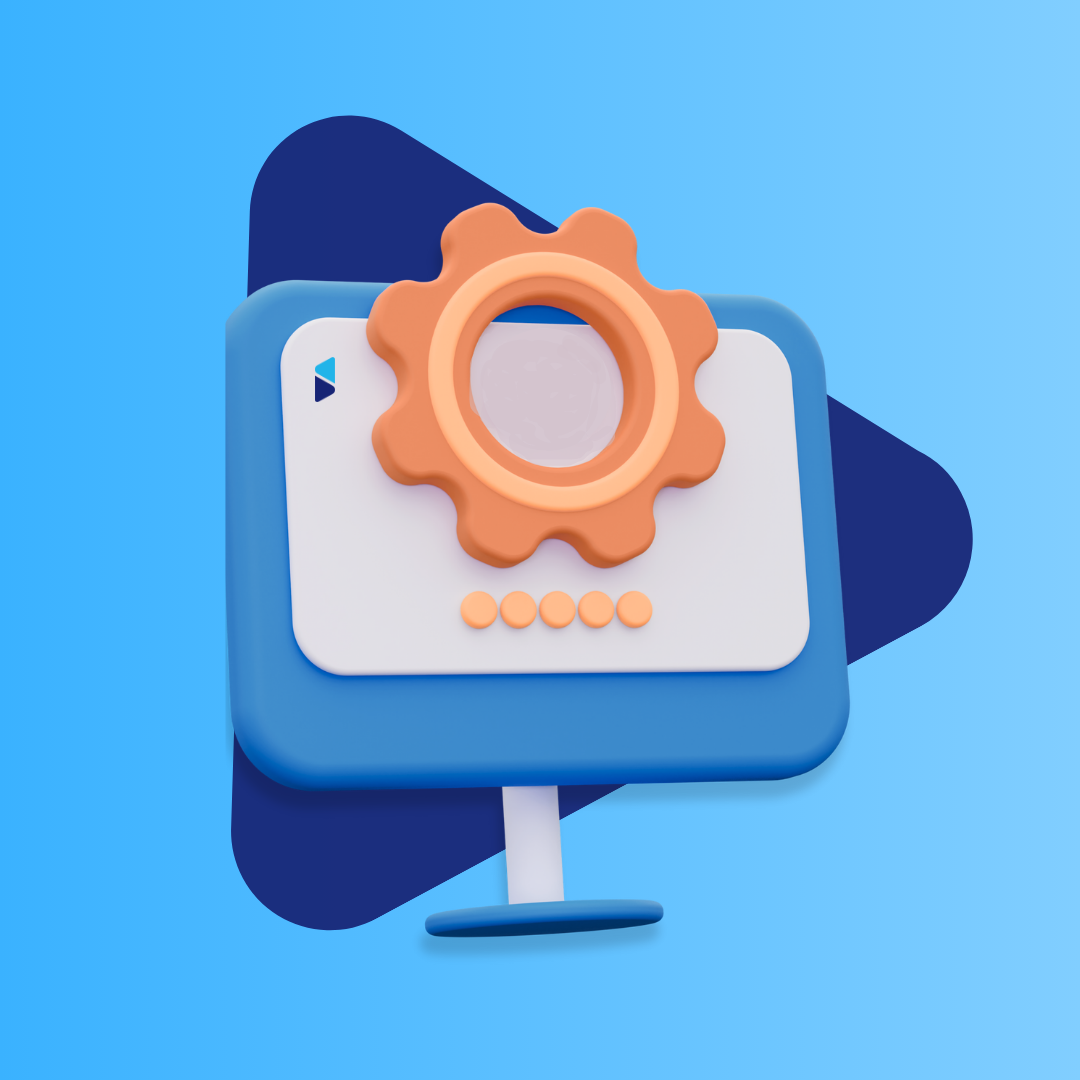
WMS
Full-featured WMS Aids Accuracy and Efficiency

Power BI
Intelligent Business Analytics for Quick Action
Why Staci Americas for Order Fulfillment Services?
Delight your customers – it’s what happens when orders are accurate, on-time and damage-free.
Reduce transportation costs – 10 Staci Americas locations, nationwide, keep your parcel rates low.
Grow without large capital investments – whether you ship 20 or 20,000 orders a day we’ve got the physical and systems infrastructure to support your business.
Economically manage seasonal volume swings – we flex space and labor as your volume dictates and you pay based on actual requirements.
Ready to get started?
We are here to answer your questions


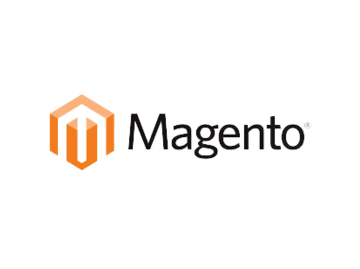
-3.png?width=360&height=269&name=Untitled%20design%20(1)-3.png)
-4.png?width=360&height=269&name=Untitled%20design%20(2)-4.png)
-4.png?width=360&height=269&name=Untitled%20design%20(3)-4.png)
-4.png?width=360&height=269&name=Untitled%20design%20(4)-4.png)
-3.png?width=360&height=269&name=Untitled%20design%20(5)-3.png)
-2.png?width=360&height=269&name=Untitled%20design%20(6)-2.png)
-2.png?width=360&height=269&name=Untitled%20design%20(7)-2.png)
.png?width=360&height=269&name=10(1).png)
.png?width=360&height=269&name=11(1).png)
.png?width=360&height=269&name=12(1).png)
.png?width=360&height=269&name=13(1).png)
-2.png?width=360&height=269&name=Untitled%20design%20(8)-2.png)
-2.png?width=360&height=269&name=Untitled%20design%20(9)-2.png)
